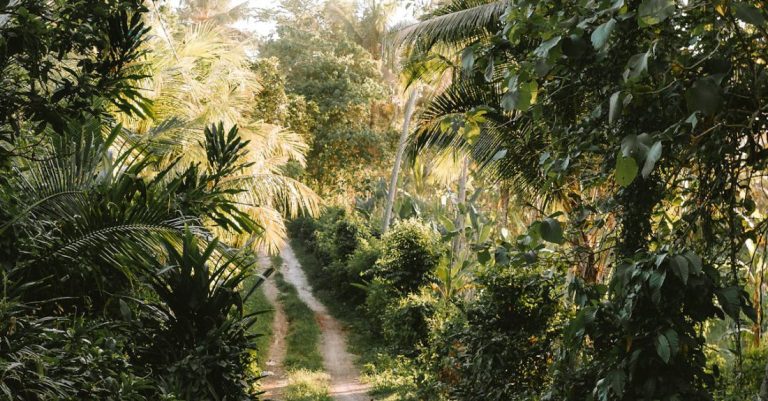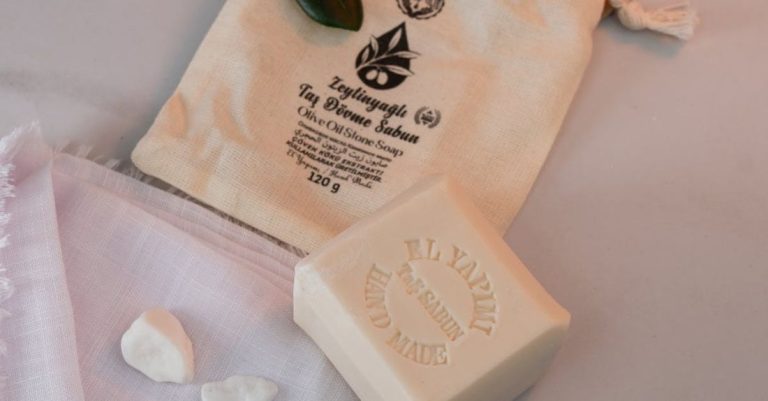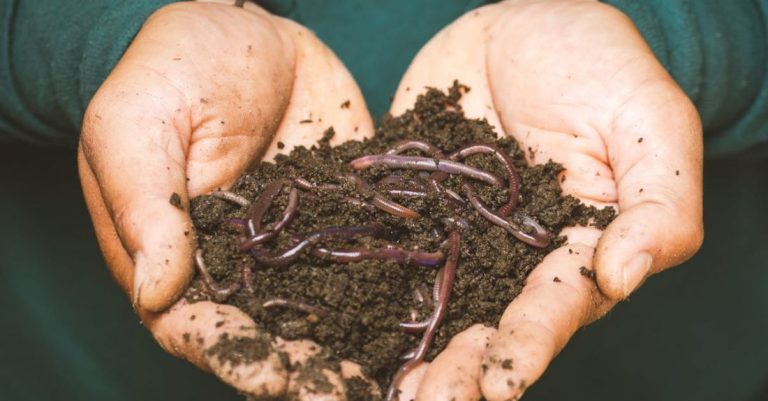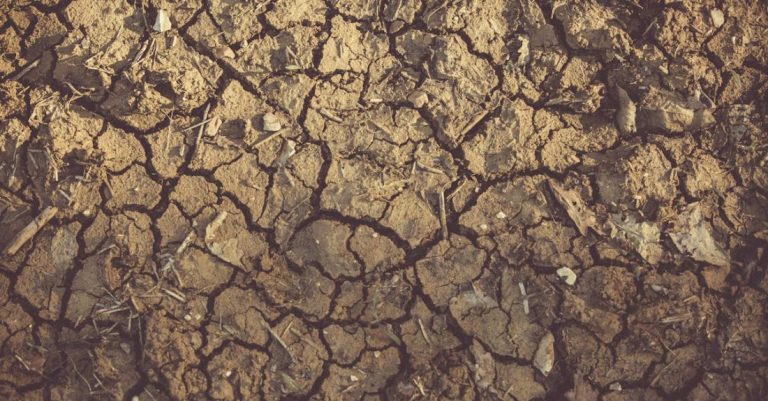
**How to Improve Clay Soil for Gardening**
Clay soil can be a challenge for gardeners due to its dense, heavy texture that can hinder plant growth and drainage. However, with some strategic techniques and amendments, you can transform your clay soil into a thriving environment for your plants. By understanding the characteristics of clay soil and implementing the right methods, you can improve its structure and fertility, creating a healthy foundation for your garden.
**Assessing Your Clay Soil**
Before you begin the process of improving your clay soil, it’s essential to assess its current condition. Clay soil is known for its high nutrient content but can be prone to compaction and poor drainage. To determine the type of clay you are dealing with, perform a simple soil texture test by squeezing a handful of moist soil. If it forms a tight ball that is hard to break apart, you likely have clay soil.
**Enhancing Drainage**
One of the primary concerns with clay soil is its tendency to retain water and become waterlogged. To improve drainage, consider incorporating organic matter such as compost, leaf mold, or well-rotted manure into the soil. These materials will help break up the clay particles, allowing for better water infiltration and root development. Additionally, adding coarse sand or perlite can further enhance drainage in clay soil.
**Aerating the Soil**
Clay soil can become compacted over time, limiting the movement of air, water, and nutrients within the soil. To combat compaction, aerate the soil by using a garden fork or mechanical aerator to create channels for air and water to penetrate the soil. Aeration not only improves soil structure but also encourages beneficial soil organisms to thrive, promoting overall soil health.
**Adjusting pH Levels**
Clay soil tends to be alkaline, which can impact the availability of nutrients to plants. Test your soil’s pH level to determine if it falls within the optimal range for the plants you wish to grow. If your soil is too alkaline, you can lower the pH by incorporating acidic amendments such as pine needles, elemental sulfur, or coffee grounds. Regularly monitoring and adjusting the pH of your soil will ensure that your plants have access to essential nutrients for healthy growth.
**Adding Organic Matter**
Incorporating organic matter into clay soil is crucial for improving its structure and fertility. Organic matter helps to loosen clay particles, increase nutrient availability, and enhance microbial activity in the soil. Compost, well-rotted manure, and cover crops are excellent sources of organic matter that can be added to clay soil to enrich its composition. Regularly amending your soil with organic matter will gradually improve its quality and create a more hospitable environment for your plants.
**Choosing the Right Plants**
When gardening in clay soil, selecting plants that are well-suited to these conditions can make a significant difference in the success of your garden. Look for plant varieties that are tolerant of heavy, compacted soil and can thrive in moisture-retentive environments. Native plants, ornamental grasses, and certain vegetable crops like carrots, cabbage, and onions are well-adapted to clay soil and can flourish with minimal intervention.
**Maintaining Your Improved Soil**
Once you have implemented strategies to improve your clay soil, it’s essential to maintain its health and vitality over time. Regularly testing the soil for pH levels, nutrient content, and compaction will allow you to make informed decisions about necessary amendments and adjustments. Continued additions of organic matter, proper watering practices, and strategic crop rotation will help preserve the improved structure and fertility of your soil for long-term gardening success.
**In Summary**
Improving clay soil for gardening requires a combination of techniques tailored to its unique characteristics. By assessing your soil, enhancing drainage, aerating the soil, adjusting pH levels, adding organic matter, choosing suitable plants, and maintaining soil health, you can create a thriving garden in even the most challenging clay soil conditions. With patience, persistence, and a proactive approach, you can transform your clay soil into a productive and sustainable garden ecosystem.





